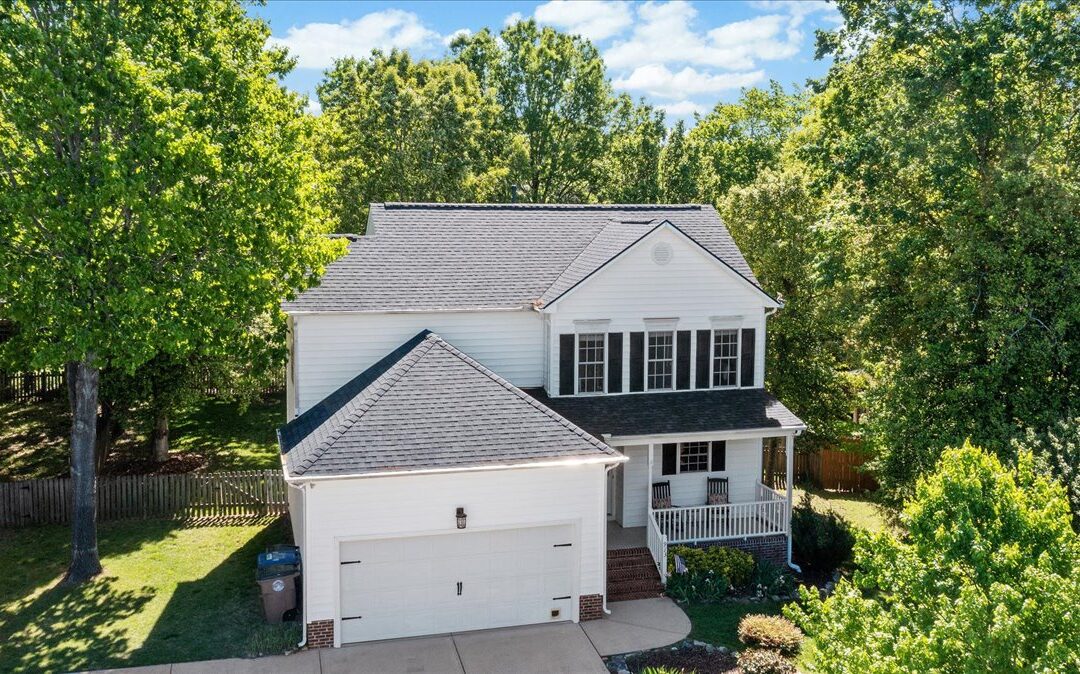Beginning May 1, some Americans will pay more in mortgage costs, and others will pay less or no fees at all. The so-called loan-level pricing adjustments, or LLPAs, have undergone alterations that have alarmed the market.
LLPAs are not new. In addition to the base guarantee cost that borrowers are required to pay, several borrower-specific fees were introduced in 2008. LLPAs have undergone numerous revisions over the years, and the National Association of REALTORS® has frequently campaigned against changes that could have a negative effect on borrowers, including these most recent ones. According to Experian’s estimate, borrowers who are refinancing with cash out and those who have high-balance adjustable-rate mortgages will pay more fees as a result of the most recent LLPA revisions. According to Mortgage News Daily, the majority of borrowers with down payments between 5% and 25% and credit scores over 680 will likewise experience fee increases but will still end up paying less overall than borrowers with poorer credit. Matthew Graham, the author of the paper, includes a useful chart that illustrates how LLPAs are used based on FICO score and LTV.) Additionally, modifications made in 2022 that decreased or eliminated fees for first-time homeowners and others with low or moderate incomes will remain in effect forever. Additionally, fees will be cut for many customers with weak down payments but low credit scores.
The adjustments, according to critics, are a punishment for people who have kept their credit ratings high. Nevertheless, FHFA Director Sandra Thompson stated at a housing policy seminar sponsored by NAR in April that “there was no uniform targeting of a borrower with a higher LTV for a lower.” NAR has continuously stated that Fannie Mae and Freddie Mac have the resources to cut rates for lower-income borrowers without increasing fees for those with greater wealth, even though it supports some of the adjustments. Supporting both groups also aligns with their responsibilities under the congressional charter and their role as market utilities.
NAR claims that some of the criticism of the new LLPAs has misrepresented the improvements. In one article, for instance, the modifications were described as “leveraging high-risk loans to people without the ability to pay them” and the policies that caused the 2008 financial crisis were contrasted with the revisions. Ken Fears, NAR’s director of conventional home finance and value policy, said, “That’s not accurate.” According to the ability-to-repay rule, which was implemented following the financial crisis and mandates that borrowers be able to afford the payments for the first five years based on their income, every loan sponsored by the GSEs must comply, he adds. Additionally, even if some rates will alter, the fees paid by borrowers with weaker credit will continue to be higher than those paid by borrowers with superior credit.
NAR issued a statement in response to the FHFA’s announcement of the modifications in January, stating that while it welcomed improvements that cut costs for some borrowers, it was concerned about increases for other borrowers. “In the wake of a three-percentage point increase in mortgage rates, now is not the time to raise fees on homebuyers,” NAR President Kenny Parcell said in the statement.

